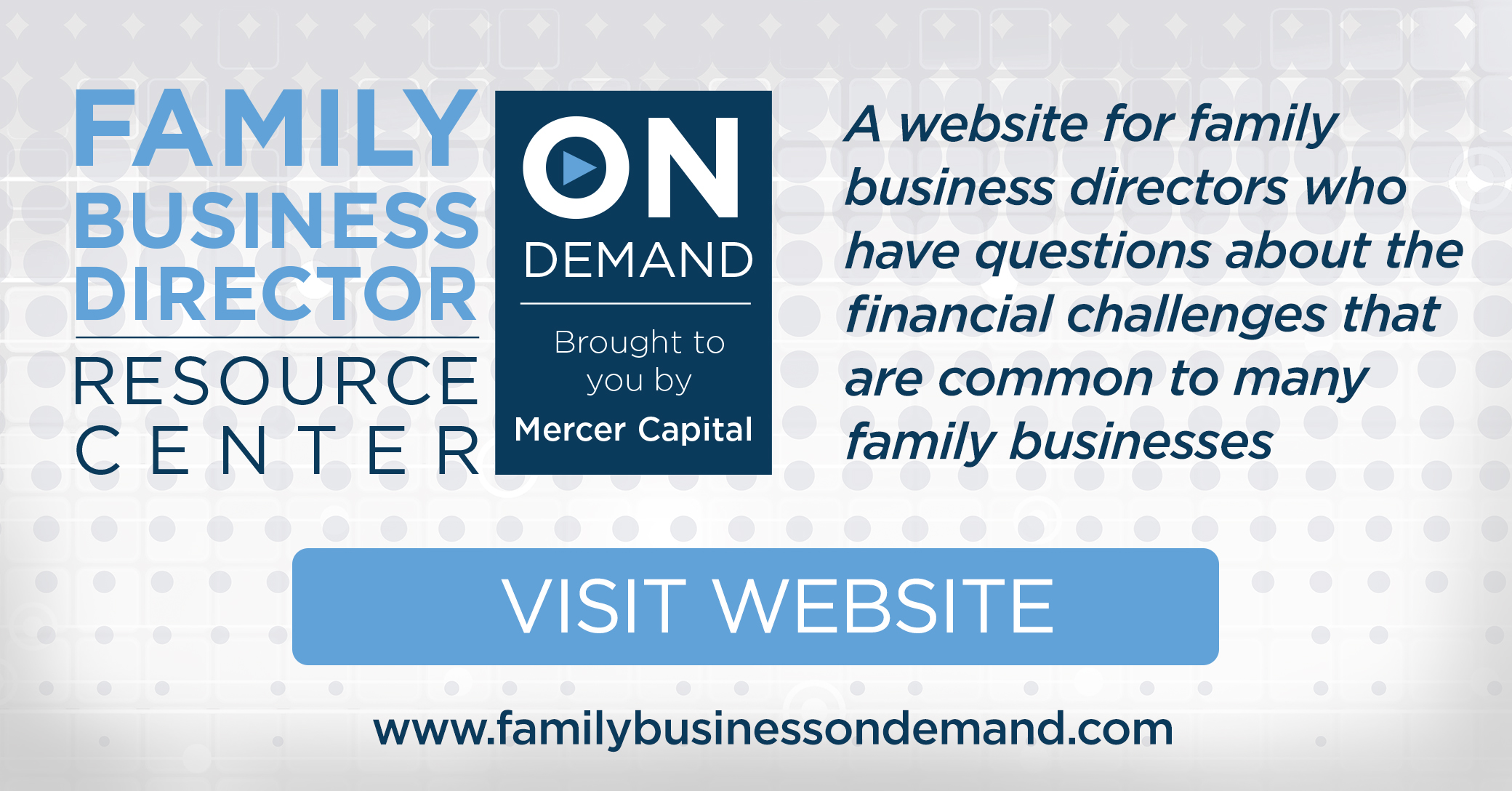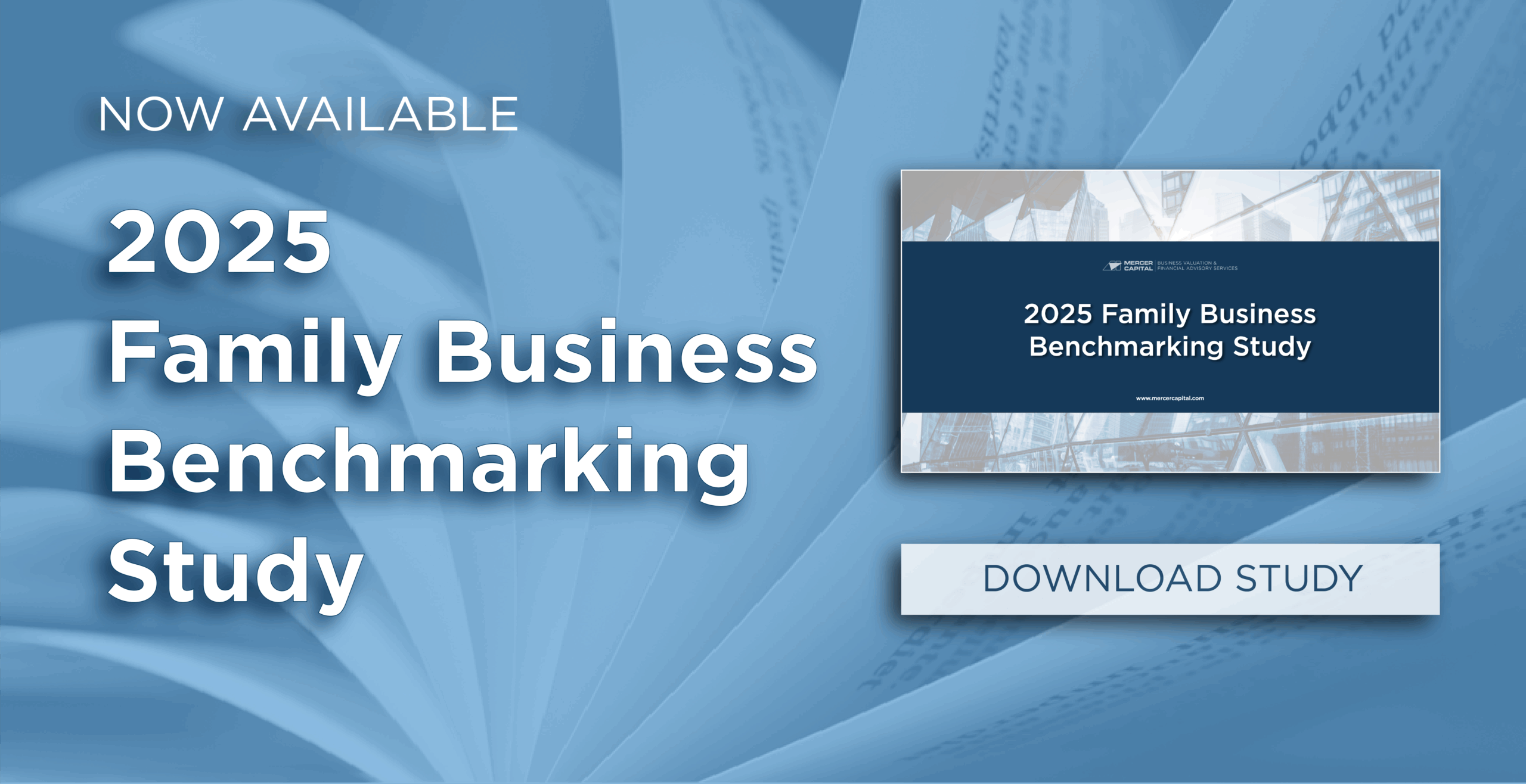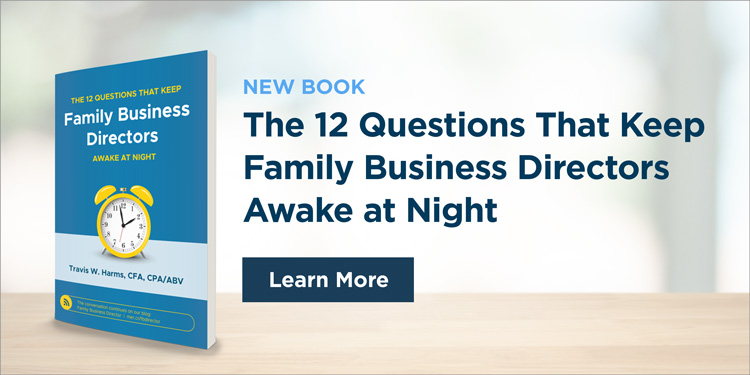Capital Budgeting and the Meaning of Your Family Business
As family businesses look into capital projects, they often utilize quantitative corporate finance tools, including net present value analysis, internal rate of return, and other traditional analyses. While these tools are informative when evaluating the feasibility of various capital projects, they are not quite as helpful in determining “what” to decide for your family business.
When it comes to capital budgeting, deciding the “what” is often just as (or even more) difficult than the “how.” In other words, what types of capital projects should be going into your capital budgeting funnel?
Before deciding on a capital project, family business directors must determine that the project is a more suitable use of family capital than alternative projects (i.e., acquiring a competitor, investing in research & development, securing supply, or other potential decisions having varying degrees of difficulty).
Knowing what your family business means can give you a leg up in evaluating these questions effectively and making the most appropriate capital budgeting decisions for your family business. The “easy” capital budgeting decisions entail less risk and also promise less return. Multi-generational business transformation arises from making “hard” capital budgeting decisions. Knowing the meaning behind your family business can help determine the appropriate mix of “easy” and “hard” capital budgeting decisions.
Generally, the “meanings” of a family businesses fall into four primary categories:
- Drive economic growth for future generations.With this forward-looking perspective usually comes a desire for higher absolute returns and a willingness to accept more risk. For these families, the ideal mix of capital budgeting decisions is likely tilted more toward the types of transformational capital budgeting decisions that have low degrees of familiarity and predictability.
- Preserve the family’s capital. A prominent concern for these families is that all their economic eggs are in a single basket, so they want to build a stout fence around that basket. As a result, they will be best served by focusing on capital budgeting decisions that have a high degree of familiarity and predictability.
- Maximize the harvest to enable family shareholders to diversify. In response to the “single basket” problem, some family businesses focus on maximizing the harvest from the family business to allow family shareholders to store some eggs in different, uncorrelated baskets. These families may be more willing to accept risk once an acceptable number of other baskets have been filled. Making a large volume of “easy” capital budgeting decisions that serve only to increase the size of the existing basket is not a suitable meta-capital budgeting strategy for these families.
- Maintain a lifestyle. The primary concern for these families is maintaining the current level of real, per capita distributions. Depending on the biological growth of the family, doing so is likely to require making some capital budgeting decisions that are either less familiar or have less predictable outcomes.
Identifying and understanding the meaning of your family business can be an integral first step to making cohesive strategic finance decisions. Such alignment and consensus regarding the meaning of the family business can prevent shareholder disputes that can potentially lead to resentment, conflict, and litigation.
Give one of our family business professionals a call today for help with discerning the meaning of your family business.
 Family Business Director
Family Business Director 











